- Xinjiang -
China's largest province, Xinjiang is the homeland of the Muslim Uyghurs and a fast-changing region where ancient and modern grind up against each other in surprising ways. High-speed railways cross the Martian landscapes linking cities in hours rather than days, and the regional capital Urumuqi is a forest of high-rise apartments and glass skyscrapers; while in parts of the Silk Road oases of Kashgar, Hotan and Turpan, life goes as it has for centuries, based around the mosque, the tea house and the bazaar.
Xinjiang is increasingly attracting visitors for its extraordinary natural beauty and fascinating Central Asian history and culture.
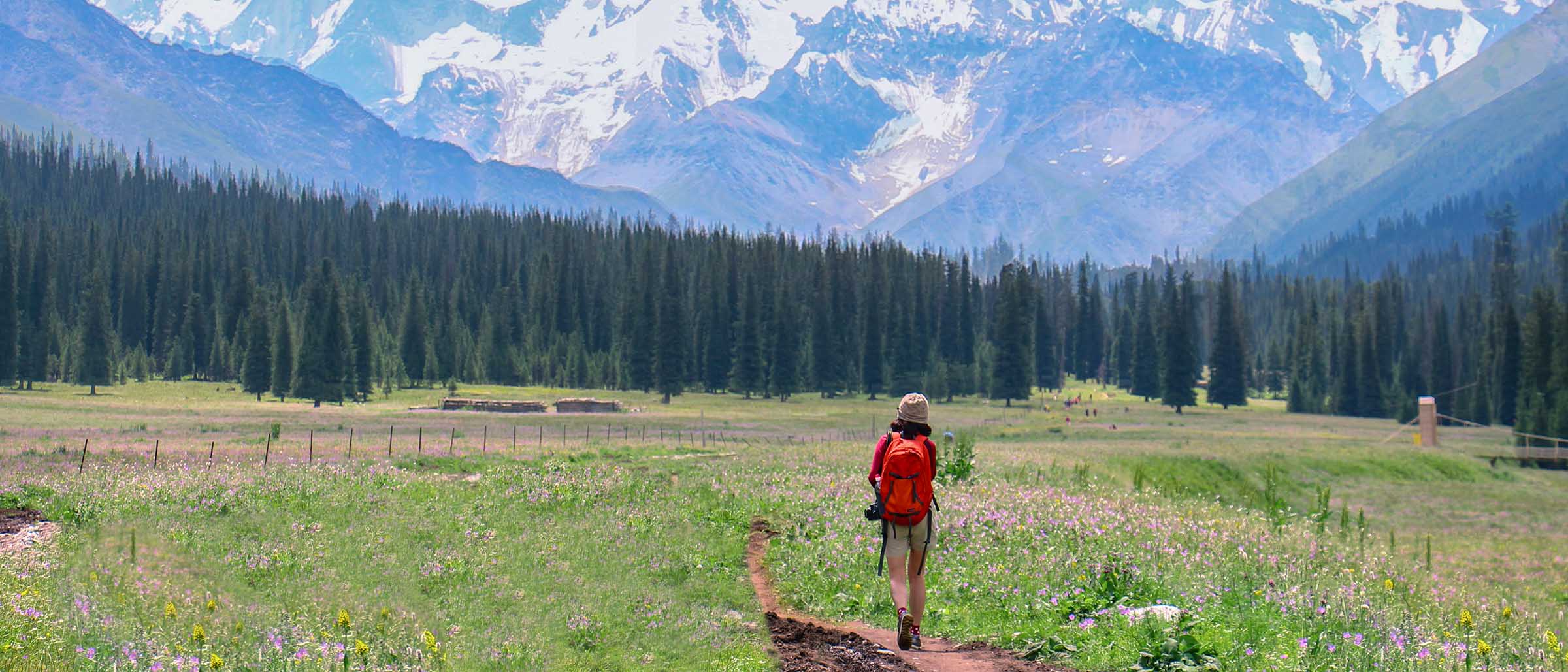
Basic Information
Chinese Name: 新疆( Xin Jiang )
Administration Type: Autonomous Region
Provincial Capital: Urumqi
Location: North western of China, bordered by eight countries including the former Soviet Central Asian republics, Mongolia, Afghanistan, Pakistan and India.
Area: Xinjiang spans over 1.6 million km2 (640,000 square miles)
Population: The 2010 census shows Xinjiang as having 21.82 million people.
Major Ethnic Group: Uyghur, Han, Kazakhs, Tibetans, Hui, Tajiks.
Famous Cities: Urumuqi, Turpan, Kashgar, Altay.
Xinjiang Geography
Xinjiang is the largest political subdivision of China—it accounts for more than one sixth of China's total territory and a quarter of its boundary length. Xinjiang is mostly covered with uninhabitable deserts and dry grasslands, with dotted oases at the foot of Tian Shan, Kunlun Mountains and Altai Mountains. The inhabitable oasis accounts for 9.7% of Xinjiang's total area by 2015.
Xinjiang is young geologically. Collision of the Indian and the Eurasian plates formed the Tian Shan, Kunlun Shan, and Pamir mountain ranges. Xinjiang is a very active earthquake zone. Older geological formations are located in the far north, where the Junggar Block is geologically part of Kazakhstan, and in the east, where is part of the North China Craton.
Xinjiang Climate
A semiarid or desert climate prevails in Xinjiang. The entire region has great seasonal differences in temperature with cold winters. The Turpan Depression recorded the hottest temperatures nationwide in summer,with air temperatures easily exceeding 40 °C (104 °F). Winter temperatures regularly fall below −20 °C (−4 °F) in the far north and highest mountain elevations.
Continuous permafrost is typically found in the Tian Shan starting at the elevation of about 3,500–3,700 m above sea level. Discontinuous alpine permafrost usually occurs down to 2,700–3,300 m, but in certain locations, due to the peculiarity of the aspect and the microclimate, it can be found at elevations as low as 2,000 m.
Xinjiang Religion
The major religions in Xinjiang are Islam among the Uyghurs and the Hui Chinese minority, while many of the Han Chinese practice Chinese folk religions, Taoism, Confucianism and Buddhism. According to a demographic analysis of the year 2010, Muslims form 58% of the province's population.Christianity in Xinjiang is the religion of 1% of the population according to the Chinese General Social Survey of 2009.
A majority of the Uyghur Muslims adhere to Sunni Islam of the Hanafi school of jurisprudence or madhab. A minority of Shias, almost exclusively of the Nizari Ismaili (Seveners) rites are located in the higher mountains of Pamir and Tian Shan. In the western mountains (the Pamirs), almost the entire population of Pamiris, (Sarikolis and Wakhis) are Nizari Ismaili Shia. In the north, in the Tian Shan, the Kyrgyz and Kazakhs are Sunni.
Afaq Khoja Mausoleum and Id Kah Mosque in Kashgar are most important Islamic Xinjiang sites. Emin Minaret in Turfan is a key Islamic site. Bezeklik Thousand Buddha Caves is a noticeable Buddhist site.
Xinjiang Cuisine
As the largest autonomous region in China, Xinjiang boasts substantial contingencies of different ethnic groups and is well-known for its Central Asian flair. Its cities are dominated by the Uyghur ethnic minority, as well as several other Muslim groups such as the Hui and Dongxiang people, meaning the food is predominantly halal and there is a marked lack of pork compared to other parts of China. In many ways, the cuisine in Xinjiang differs from the rest of the country and is distinctly non-Chinese. Roasted mutton, thickly fragrant spices, and sugary sweet desserts take centre stage when it comes to its signature dishes.
Since many of the cities within Xinjiang were once oasis towns along the Silk Road, they felt the influence of other ethnic groups most profoundly and have cherry-picked features of their cuisine, incorporating techniques and flavours from the Tibetans, Mongolians, Persians, Turkish, and numerous other nationalities. These have all come together to form a stunning mosaic of Chinese, Central Asian, and Middle Eastern qualities. Liberal use of seasonings like cumin, chilli powder, cinnamon, garlic, and saffron sets Xinjiang cuisine apart from other styles throughout China.
Xinjiang cuisine reflects the cooking styles of many ethnic groups of the Xinjiang region, and refers particularly to Uyghur cuisine. Signature ingredients include roasted mutton, kebabs, roasted fish, and rice.Because of the Muslim population, the food is predominantly halal.
Folk Festivals
Corban Festival (Muslim People)
Corban is an important festival for Muslims. Corban Festival is also called Zaishengjie while the Hui people call it Zhongxiaojie (festival of faith and obedience). It comes 70 days after the Feast of the Fast Breaking, or the tenth day of the second month in the Islamic calendar. The festival bears the meaning that disciples will devote everything to show their obedience and faith to Allah.
Grape Festival (Uygur People)
The Grape Festival is not just an ode to Turpan`s most important agricultural product, but a chance to celebrate the local way of life. Expect plenty of cultural treats in this remote corner of Xinjiang China. This oasis town in Eastern Xinjiang is picturesquely covered in vine trellises, shading the friendly locals from some of the fiercest heat in China. Almost every household has a hand in the grape business and the markets are full of sweet dried raisins. Its a relaxing place where donkey carts still outnumber cars, but it livens up in April each year.
Eid ul-Fitr (Muslim People)
Eid ul-Fitr often abbreviated to Eid, is a three-day Muslim holiday that marks the end of Ramadan, the Islamic holy month of fasting (sawm). The holiday celebrates the conclusion of the thirty days of dawn-to-sunset fasting during the entire month of Ramadan. The first day of Eid, therefore, falls on the first day of the month Shawwal.
Nowruz Festival
Nowruz Festival is celebrated as the traditional New Year for Uyghurs, Kazaks, Kirgiz, and Uzbeks in China’s Xinjiang region. It is celebrated around March 21st, which is the first day of spring, and the beginning of the year on the Iranian calendar. This festival is celebrated in many countries like Iran, Afghanistan, Kurdish regions of Iraq, Turkey and central Asian countries. It marks the beginning of the planting season. There are several traditional activities that the people take part in. In one activity, the head of the family waves burning pine and fir branches over the heads of the family. There is a traditional Nowruz porridge, “Harach” that is made from many ingredients that is served at lunch. There are many different traditional performances and celebrations that include singing, dancing, wrestling, and acrobatics.
Aksu Prefecture
Aksu, or Aqsu, some 989km to the provincial capital Urumqi and 466km to Kashgar, is located in the west of autonomous region of Xinjiang. The entire prefecture of Aksu occupies the northwest part of Tarim Basin, the south slopes of the Tianshan Mountain, and its south part is just within the Taklimakan Desert. It borders Kyrghyz Republic and the Republic of Kazakhstan in the northwest. In the upper reaches of Tarim River, Aksu, belongs to aggraded valley plain with the main stream of Aksu River flowing through in the south of the city. Aksu Prefecture administrates 1 county-level city and 8 counties; of its 2.4 million inhabitants, 73% are Uyghur, 26% are Han, with the remainder belong to other 34 ethnicities.
Enjoying an agreeable weather, Aksu has a thriving husbandry; it is known as "a graceful South Region beyond the Great Wall" and "a land flowing with milk and honey". With cotton, especially long-staple cotton, being the core product, it is further crowned as the Hometown of Cotton producing one third of the total cottons in Xijiang, and one eighth of the country. It is even A Land of Melons and Fruits, in particularly with national known productive read dates, apples, bergamot pears, grapes, muskmelons, and so on.
Aksu was an important stop along the ancient Silk Road in Han Dynasty; furthermore, it is also the origin place of the Qiuci Culture (of Qiuci Kingdom, the content of which mostly referring to Buddhism) and Duolang Culture (of an ancient tribe lived around Taklimakan Desert). With exceptional sceneries, Aksu was hailed as South Region (synonymous with elegant beauty) Beyond the Great Wall as early in ancient. The eminent monk, Chinese pilgrim Xuanzang, (602-664, the greatest sutras translator in Chinese Buddhism), visited Aksu and described the "kingdom" and the thriving Buddhism in the area in his notes during his pilgrimage to India. Though the region frequently changed hands among Tang Dynasty, Tibetan Tubo Kingdom and the Uyghur Empire in the 7th, 8th and 9th centuries, Aksu was just positioned on a vital junction of the northern-Tarim trade route of Silk Road and the route north via the Muzart Pass of Tianshan Mountain to the fertile Ili River valley.
The time-honored history, splendid culture, full-bodied ethnic folk customs, and dainty natural beauty of Aksu make the city an important tourist city today in the whole southern area of Xinjiang Province. Here, tourists can find the second largest desert in the world- the huge Taklimakan Desert, the largest primitive Euphrates Poplars forest in China, the longest continental river in the country- the Tarim River, the imposing high peak of Tianshan Mountain- Pobedy Peak, the Global Geology Wonder- the Mysterious Great Canyon of Mount Tianshan, the amazing Yardang Landform in thousands of postures, alpine lakes and snow-topped peaks, etc.
Apart from diversified natural scenery, the featured ethnic habits and customs of the "hometown of songs and dances" of Aksu is a great appeal to most tourists; furthermore, the profound historical and cultural relics and ruins are also the highlights of the region, such as, ruins of ancient cities, old castles and palaces, one of the four greatest cave temples- Kizil Thousand-Buddha Caves, beacon towers of Han Dynasty, ancient smelting sites, Kuche Great Mosque, Kuche Grand Canyon, the sites of Qiuzi ancient county, etc. all of which not only show the prosperous culture of the city, but also its splendid local customs and peoples' lifestyle.

Main Cities of Aksu
Aksu City
Aksu City is located in the northwest of Xinjiang Uyghur Atonomous Region, the south of Celestial Mountain and the northwest of Tarim Basin. Coveing an area of 18,369 sq.km and with the population of 560,000, it is known as an important Water City of the Desert.
The history of the Aksu city can be dated back to the Han Dynasty, when it is only the capital of an ancient countries. It was brought into Chinese territory during the Tang Dynasty and has been governed by the successive dynasties. It was an important stop of the "silk Road", and origin of the ancient Qiuci culture, regarded as the "Saiwai Jiangnan" by ancient people.
The climate of Aksu belongs to the Temperate arid climate zone, with a low annuals rainfall. Though the temperature varies a lot in day, the climate here is very delightful. There are Flat terrain, fertile earth, rich water, heat and light resources, which is helpful to all kinds of crops. Except cotton, there are also many fruits and melon such as dates, apples,grapes and Cantaloupe. It is worldwide known as the Home of Melon and Fruits and the base of cotton and grain in China.
Aksu city is also featured by its tourism resources, natural scenic spots and culture heritage. Except rivers, glaciers, there are also some historical sites drawing people's attention. The most outstanding attraction is Kizil Thousand Buddha Caves, Kuche Great Mosque, Kuche Grand Canyon, the sites of Qiuzi ancient county, all of which not only show the prosperous culture of the city, but also its splendid local customs and peoples' lifestyle.

Kuche City
Kuqa is a county in the Aksu region of China’s Xinjiang Uyghur Autonomous Region. The ancient town of Kuqa , once a major centre of Buddhism and now a largely Han Chinese–dominated modern city, is worth a stopover between Urumqi and Kashgar for its bazaar, old town and some interesting excursions to the surrounding desert ruins.Kuqa County is a famous place in terms of history and culture, with many cultural relics and historical sites such as ancient city walls, ancient temples, caves, beacon towers, ancient smelting sites, and ancient tombs being preserved here. In addition to this, the region is also rich in terms of its intangible cultural heritage such as Kucha song and dance, music, musical instruments, folk customs, and traditional arts and crafts. Famous attractions include Kuqa Palace, the Kizil Caves, the Longchi Ponds, and the Tian Shan Mysterious Grand Canyon.
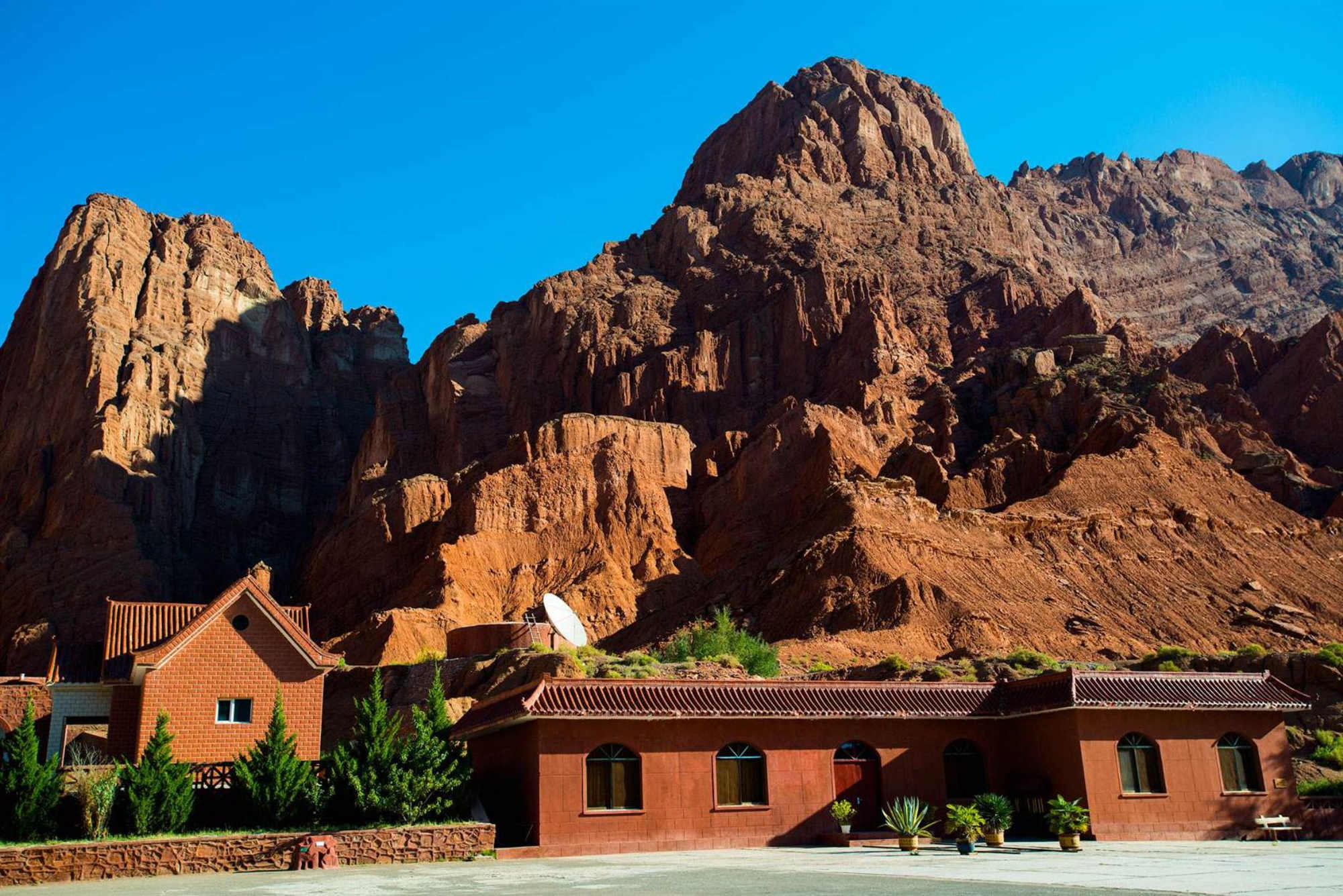
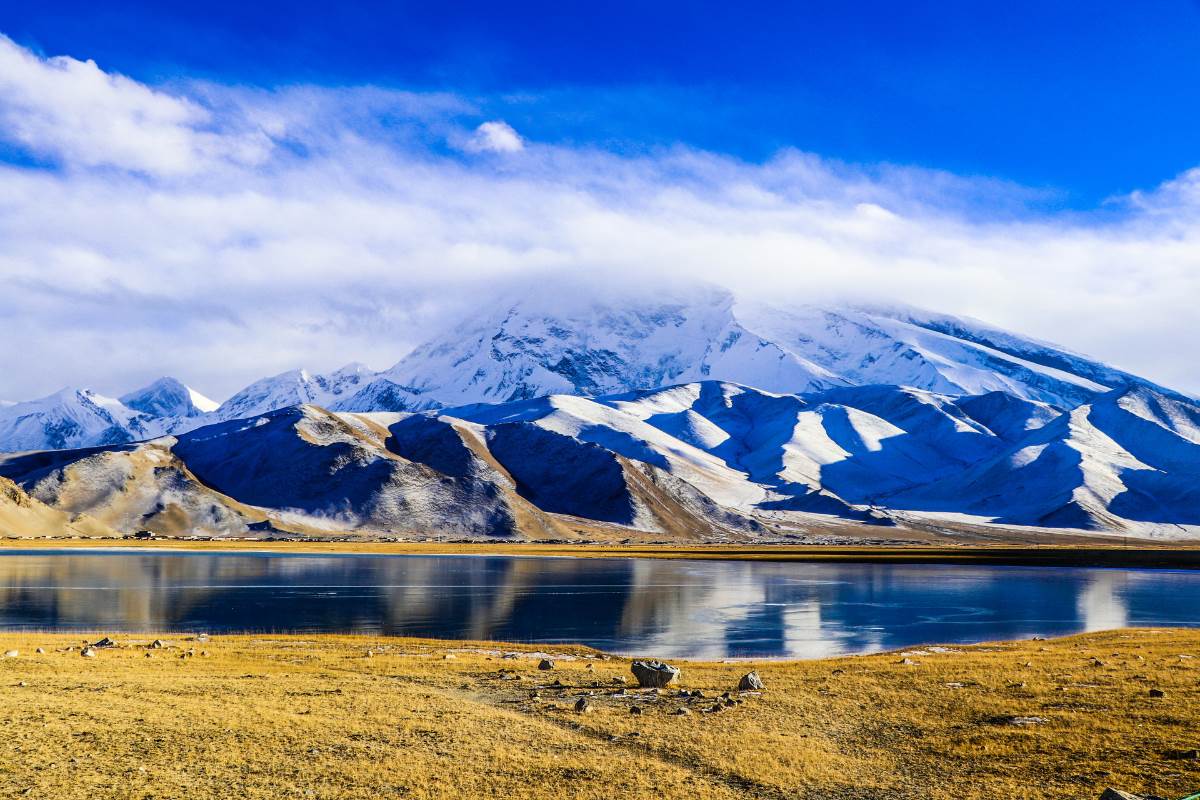
- $2280.00
- 12D11N DAYS
01. A historical relicss of the ancient silk road tour in south Xinjiang, Experience a bazaar that has existed for centuries on the Silk Road, enjoy kebabs in the night market while Uyghur music and dance videos blare from the vendors, explo…
Read More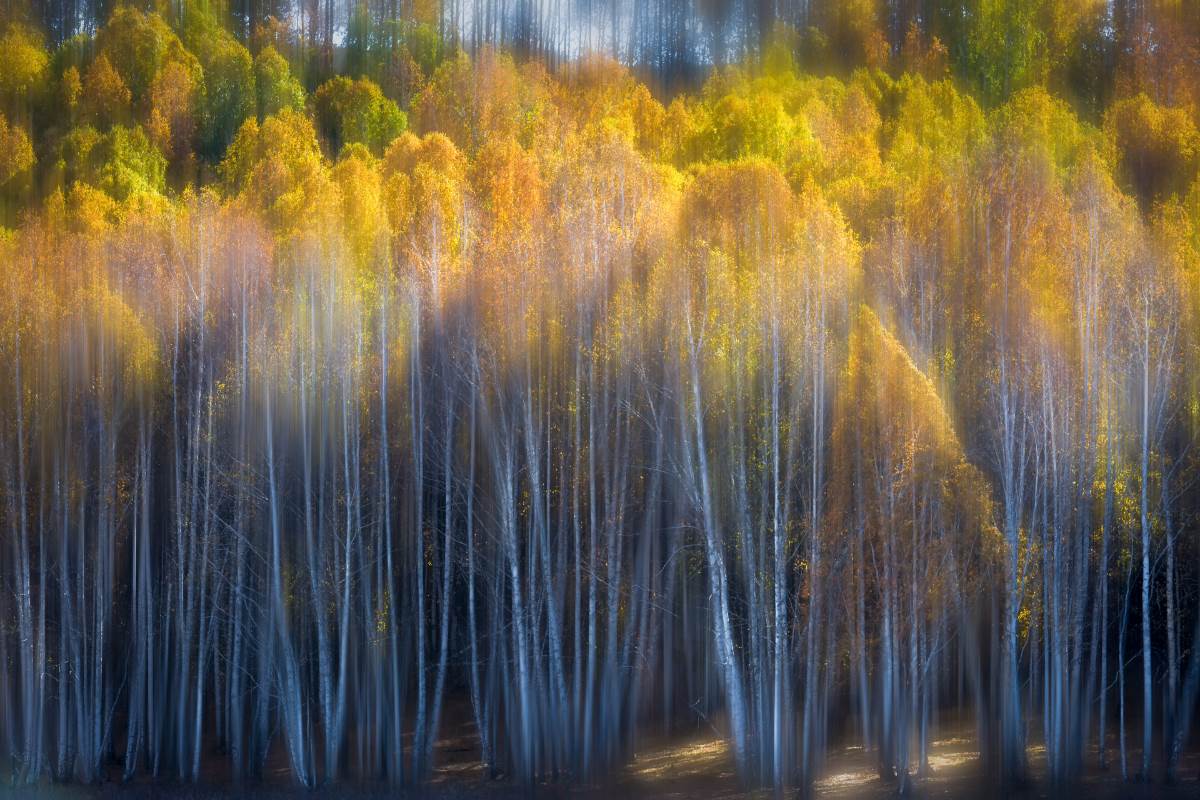
- $1380.00
- 10D9N DAYS
01. Enjoy the beautiful and mysterious Kanas Lake, a heavenly oasis in Xinjiang desert,famous as the “Oriental Switzerland” and the paradise of photographers; The "treasure Light" integrates with the beautiful Kanas Lake view, th…
Read More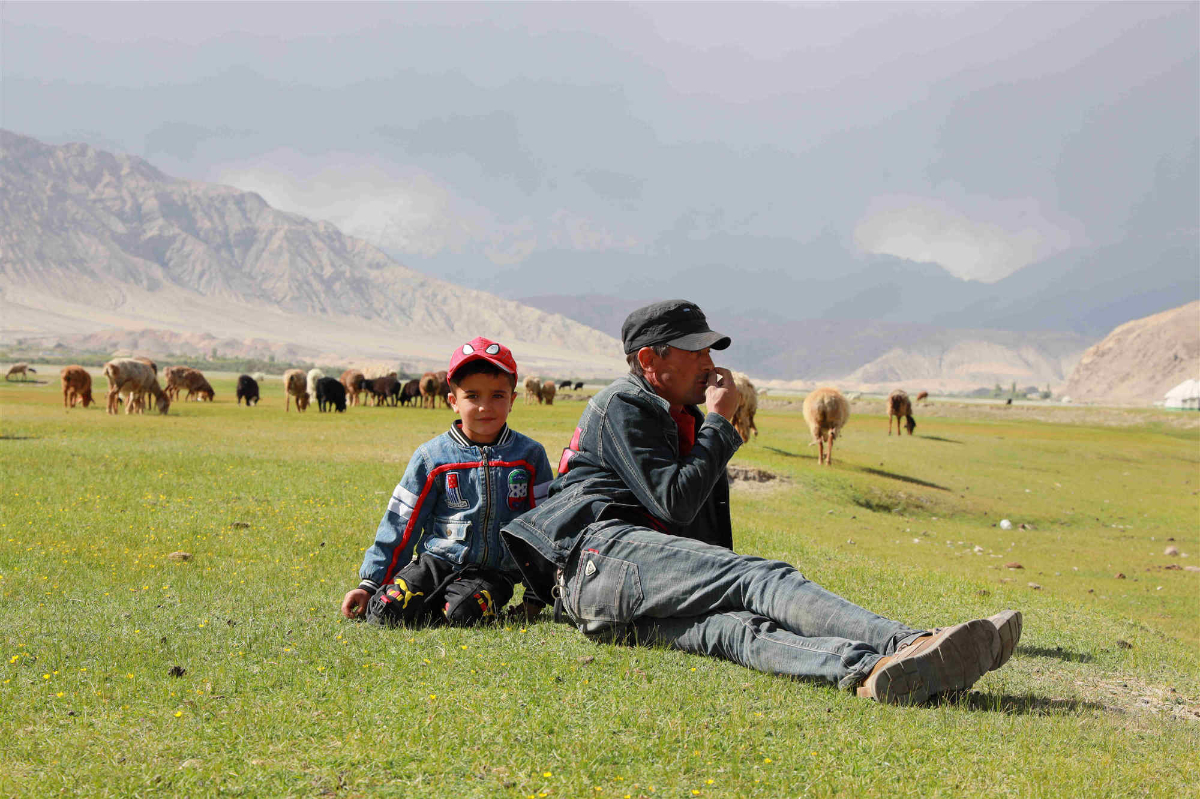
- $USD868.00
- 7D6N DAYS
01. A historical relicss of the ancient silk road tour in south Xinjiang, Exploring the hub connecting China to Central Asian countries, stroll around the Old Town, to explore the special culture of local people in Kashgar. Experience a baza…
Read More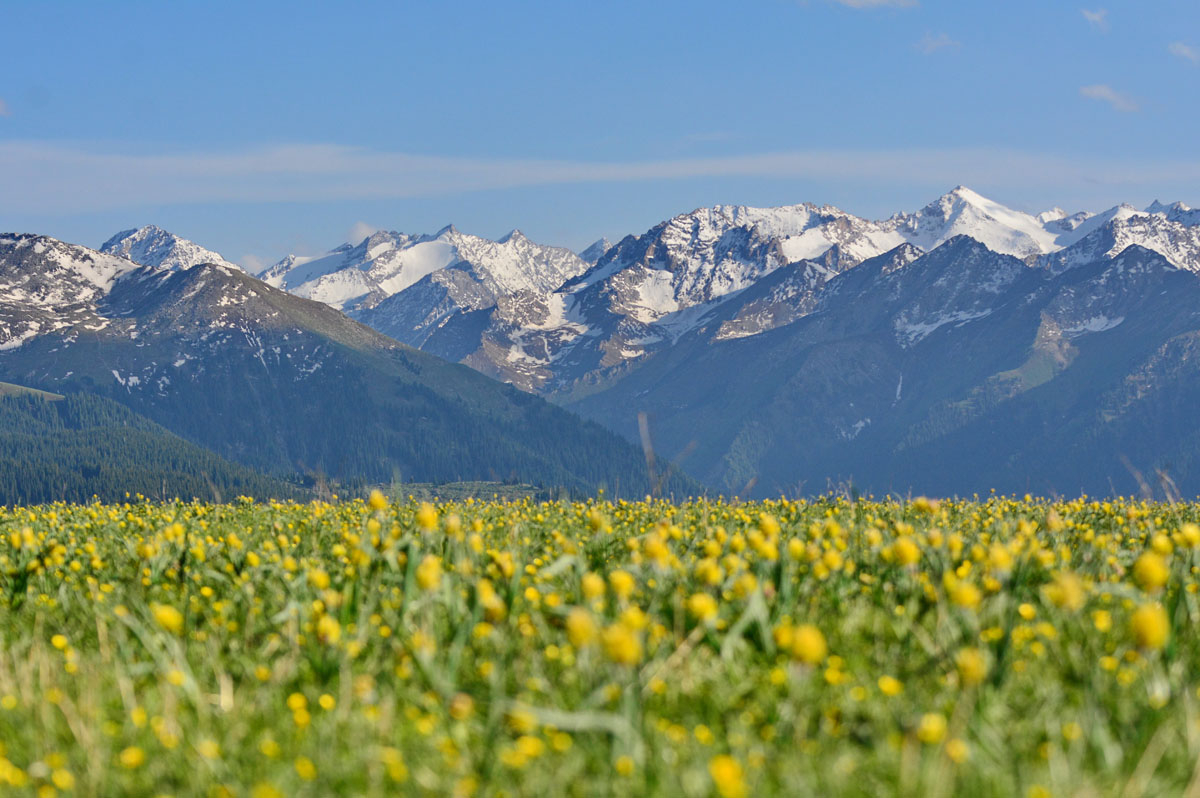
- $1658.00
- 12D11N DAYS
01. A tour travel deep into remote Xinjiang grasslands in the best time, including Sayram lake, Xiata Grand Canyon, Kalajun Pasture, Nalati Grassland, Bayanbuluk, winding river, large flat valley, towering and steep mountain peaks, dense fo…
Read More